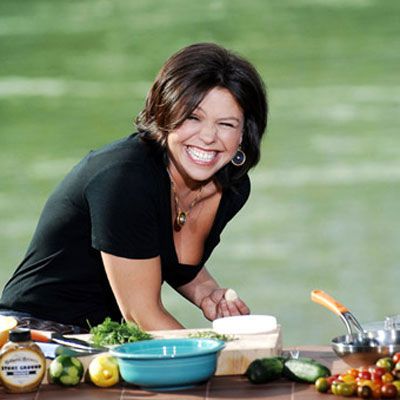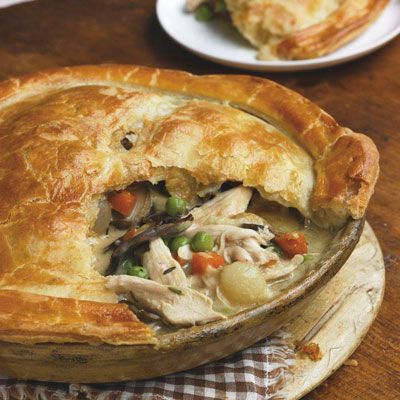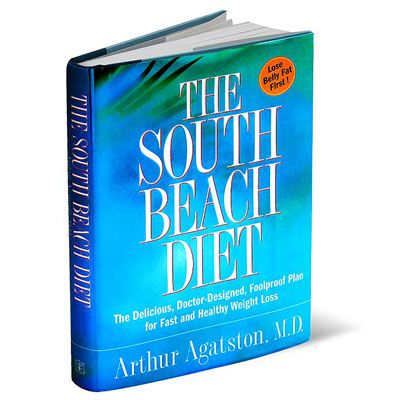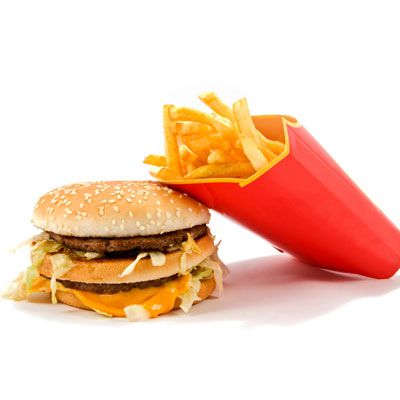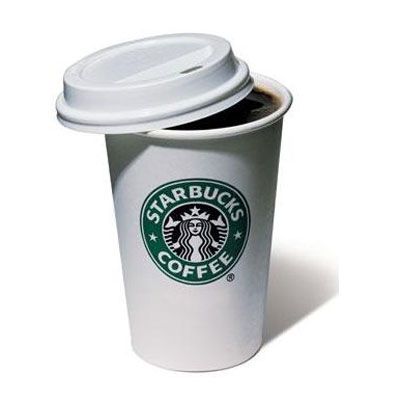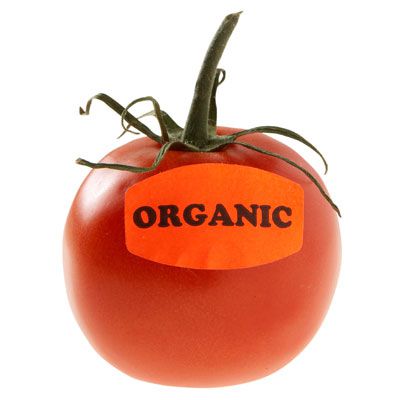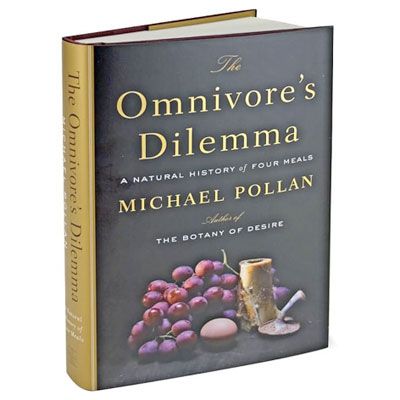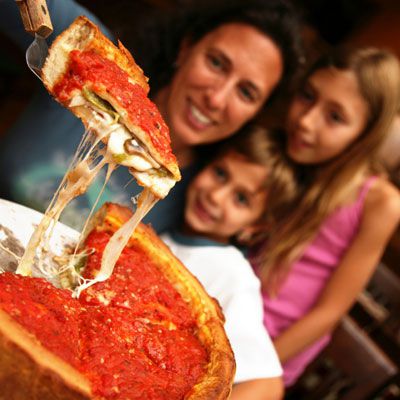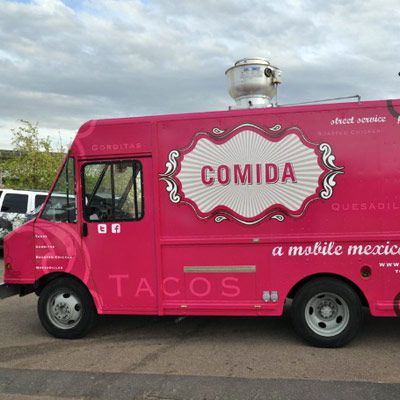The Decade in Food: Trends from 2000 to 2010
2000: The Cupcake Craze
Carrie Bradshaw hits New York City’s cupcake mecca Magnolia Bakery on Sex and the City, igniting the cupcake trend. Over the next several years, popular New York- and Los Angeles-based cupcake shops like Crumbs and Sprinkles expand into multi-state franchises; local cupcakeries sprout up on street corners galore; and by 2009, the number of new cupcake cookbooks reaches what Publishers Weekly calls a “deluge.”
Craving mini bundles of cakey goodness? Bake up Martha Stewart’s best cupcake recipes.
2001: The Rise of Rachael Ray
In the fall of 2001, America meets accessible Rachael Ray as 30 Minute Meals debuts on Food Network. Today Ray’s empire includes her eponymous magazine, Everyday with Rachael Ray; a nationally syndicated talk show; cookware; and branded EVOO (extra virgin olive oil, for those not familiar with the Ray lexicon). As it did with Ray, the Food Network helps propel a new generation of effervescent, telegenic chefs — from Paula Deen to Guy Fieri — to multimedia celebrity over the course of the decade.
2002: Comfort Food
After the country suffered one of its worst disasters on September 11, 2001, Americans turned to meatloaf, chicken pot pie, mac ‘n cheese, pizza, and all things comforting.
2003: Good-bye, Carbs
The South Beach Diet: The Delicious, Doctor-Designed, Foolproof Plan for Fast and Healthy Weight Loss by cardiologist Arthur Agatston is published in 2003 and remains on the best-seller list for more than 96 consecutive weeks. Agatston’s carbohydrate-reducing plan is just one facet of the low-carb craze sweeping the nation. In February 2004, nearly one in 10 respondents to one survey said they were following a low-carb diet; by 2005, that number dropped to 2% and the trend faded.
2004: The End of Super-Sizing
Super Size Me, first-time director Morgan Spurlock’s documentary film in which he undergoes a self-imposed experiment to eat fast food exclusively for one month, makes its way to theaters. In the movie, Spurlock’s Golden Arches diet leads to a weight gain of nearly 30 pounds, a major hike in his cholesterol level, and other effects ranging from liver damage to sexual dysfunction. Mickey D’s ends its super-sizing menu that year.
2005: Coffee Nation
Coffee Goliath Starbucks achieves world domination as the number of its coffeehouses surpasses 10,000 (today there are over 16,000 worldwide!). Never mind the 50-cent diner coffee: Many Americans’ mornings are no longer complete without a $5 venti nonfat Caramel Macchiato and its ilk.
2006: Organic Overflow
The organic food movement goes mainstream in a big way when Wal-Mart jumps on the bandwagon, stocking quality organic products at good ole Wal-Mart prices: just 10% more than their conventional foods. According to the Organic Trade Association, annual sales of organic food hit $24 billion by 2009, a more than fivefold increase from a decade earlier.
2007: Eat Local and Sustainable
Michael Pollan’s Omnivore’s Dilemma is released, revealing the scary truth behind industrial food production in the U.S. and encouraging Americans to source food from local farms. Soon sustainability — limiting one’s harmful impact on the earth and environment — and “locavore” enter the mainstream food vocabulary.
2008: Get Your Grains
Holy whole grains! In 2008 more than 2,800 new whole grain products are introduced to the worldwide market, a 1,658% increase over the year 2000.
2009: Recession Recipes
In the wake of 2009’s economic recession, families tighten their budgets by packing brown bag lunches and preparing home-cooked meals. According to a recent Zagat survey, 61% of 6,708 people polled revealed they are cooking more at home as a direct result of the economic downturn.
2010: Food Trucks
2010 was the year of the ramblin’ restaurant. From Los Angeles to Portland to Austin to New York, food trucks dominated the restaurant scene with forward-thinking flavors.
What’s Next?: Jetsons-esque Technology
It seems none of us can function without checking our Blackberrys, iPhones, Kindles, or GPS. Technology is touching every aspect of our lives: supermarkets, kitchens, drive-thrus, and fine-dining restaurants where touch-screen menus are being introduced. Will the iPad mean the end of the paper menu? Only time will tell. But our bet is that diners will be seeing more gadgets at the table in addition to inside their very own kitchens.


